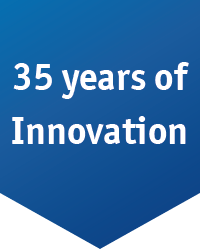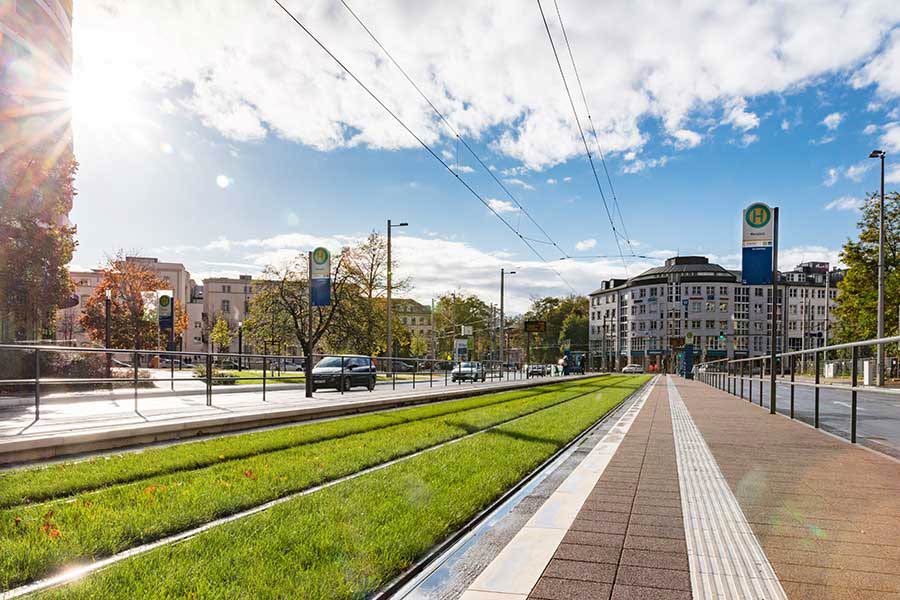Introduction of a future-oriented plant management system at the Leipziger Verkehr Betrieben (LVB)
The right way to achieve changes
07.04.2019 | During the past few years, the cost pressure on local transport companies has increasingly caused assets to be managed more efficiently. Digitalisation now makes many things possible, but makes it more necessary to be careful about the concerns and perceptions of employees when implementing complex systems. Losing the employees and their enthusiasm in the course of implementation also means squandering opportunities for sustainable improvement of processes and the resulting increase in efficiency.
Normally, one does not get a second attempt. If the acceptance of the “new working”, the recognition of the benefits and the readiness for change are not created, the effect will not be sustainable. A readjustment will usually not achieve the desired successes.
The many, albeit professional, isolated IT applications of the LVB were replaced in the first stage of the project by the use of zedas®asset for the area of track construction. There were also interfaces to the inspection module, to the ERP system (Enterprise Resource Planning) for the cost evaluation of the individual construction measures and connection to a geoinformation system. Slow routes are transparently documented and administered. Investment needs in the rail infrastructure are depicted in the module zedas®asset Demand Management. Information on the condition of the systems and maintenance costs supports later investment decisions.
In the second project step, condition data and maintenance histories of systems are to be made constantly available on site by the use of mobile zedas®asset solutions. This makes subsequent recordings superfluous, and considerably improves the quality of documentation, which is made more efficient. The step of digital transformation has been consistently implemented with the introduction of AMS. All employees have access to the same data on the central repository at all times. The consistency and up-to-dateness of the data is guaranteed at all times. Newly introduced reporting allows standardised analyses, which are necessary for continuous controlling of the condition of the systems – “with a click”.
The question of how the individual employee can cope with the accompanying degree of change always arises here, however. They need an understandable and plausible explanation for the change and its effects. What is needed is a “story” that creates clarity. For this, it is necessary to have an analysis of the risk of what could happen if the employees are not persuaded of the necessity and reasonableness of the measures – if they are not “taken along”.
The transparency produced by consistent digitalisation does not permit any “possibilities of retreat” in the process steps. Negligence and errors come to light immediately. The uninterrupted documentation of all inputs into the system allows complete tracing afterwards, even considerably later. The employee’s work thus becomes one-hundred-percent transparent. It is therefore necessary, on the one hand, that an appropriate culture exists or is implemented that makes it possible for the employees to be able to “make a mistake once in a while”.
The employee may potentially be worried that they can be completely monitored. In addition to this, the employee in the optimising process is always accompanied by the fear that their labour will no longer be required at all in future, because of digitalisation.
The essential task of the managers is to accompany and support the employees in the phases of change. It is here important to know that each employee is passing through this development in their own perception. Appreciation and recognition of positive elements are indispensable. It is also essential to make clear to them the seriousness of the change but also to enable them to be certain that their worries are being acknowledged.
Appropriate communication and a clear allocation of roles are important in creating the necessary acceptance and sustainability. At Leipziger Verkehrsbetriebe, only a year has gone by from the awarding of the order to the complete “activation” of the system. This is a very short period for a big challenge.
More information about our solution zedas®asset here.









